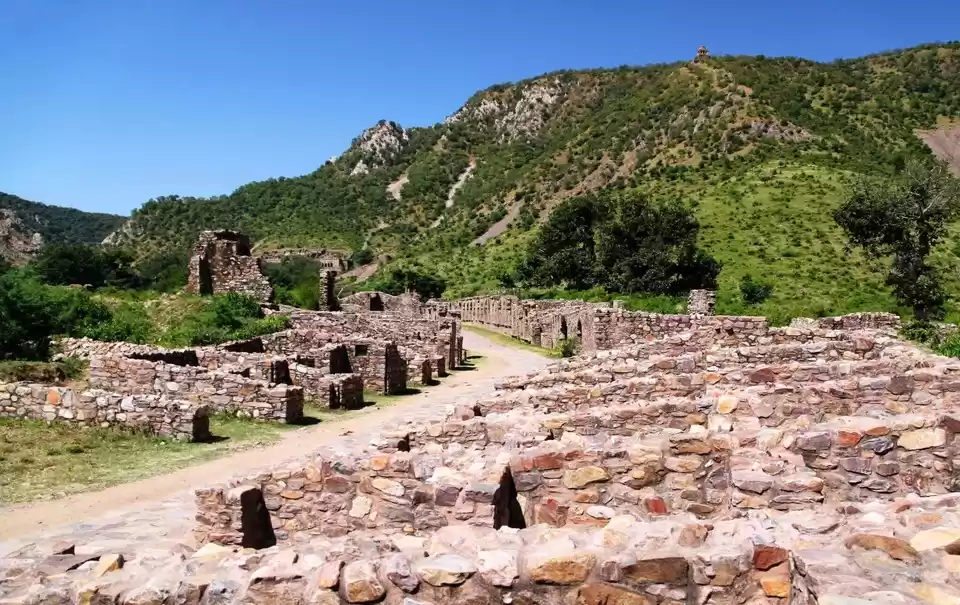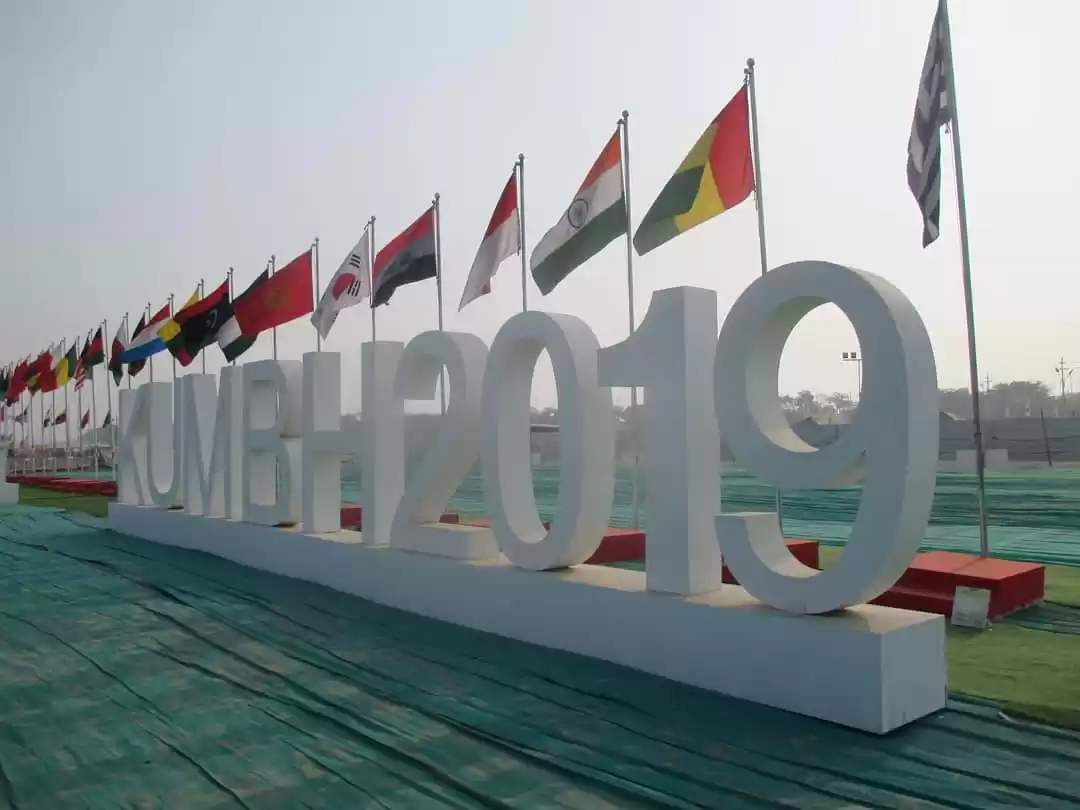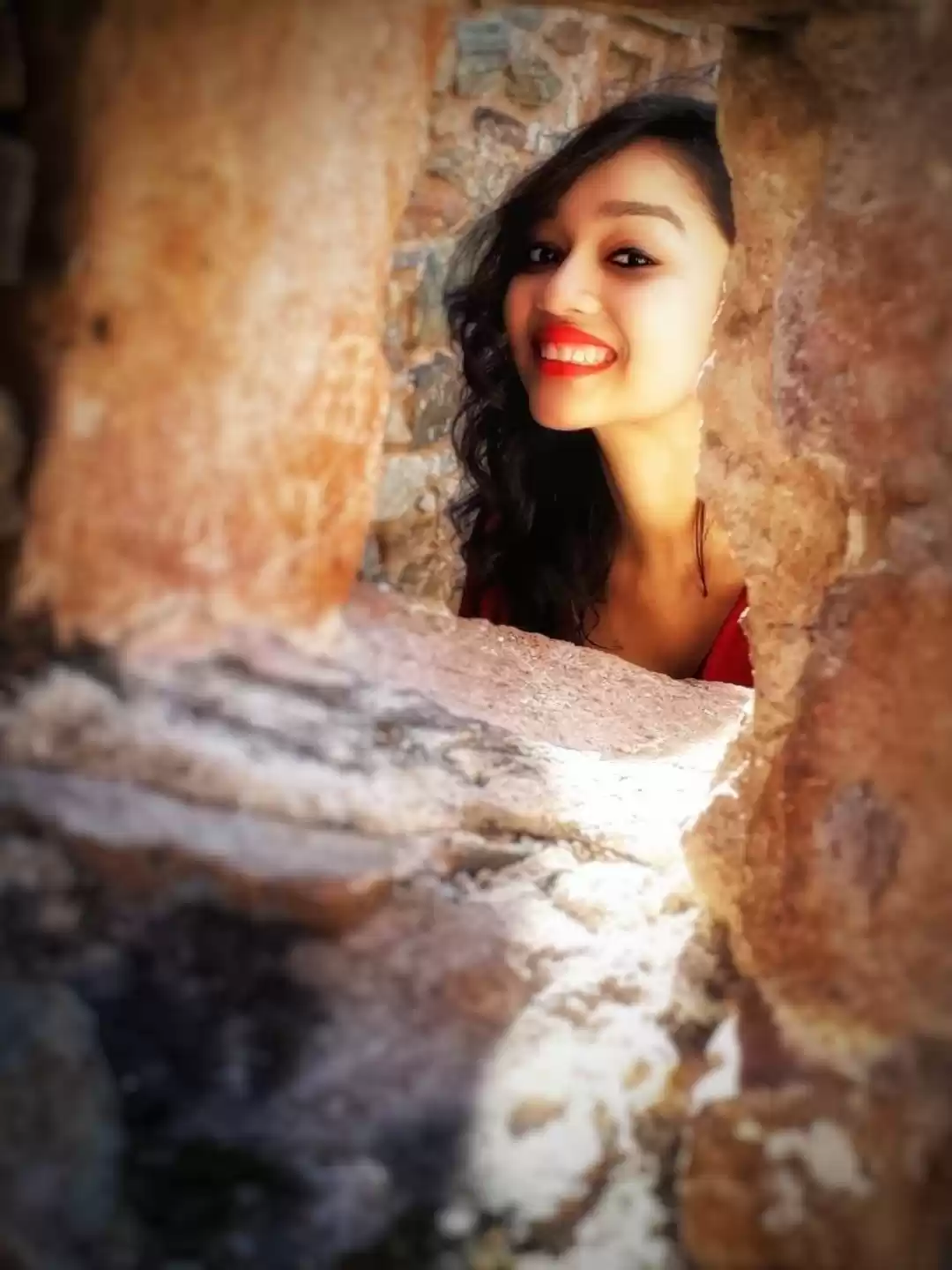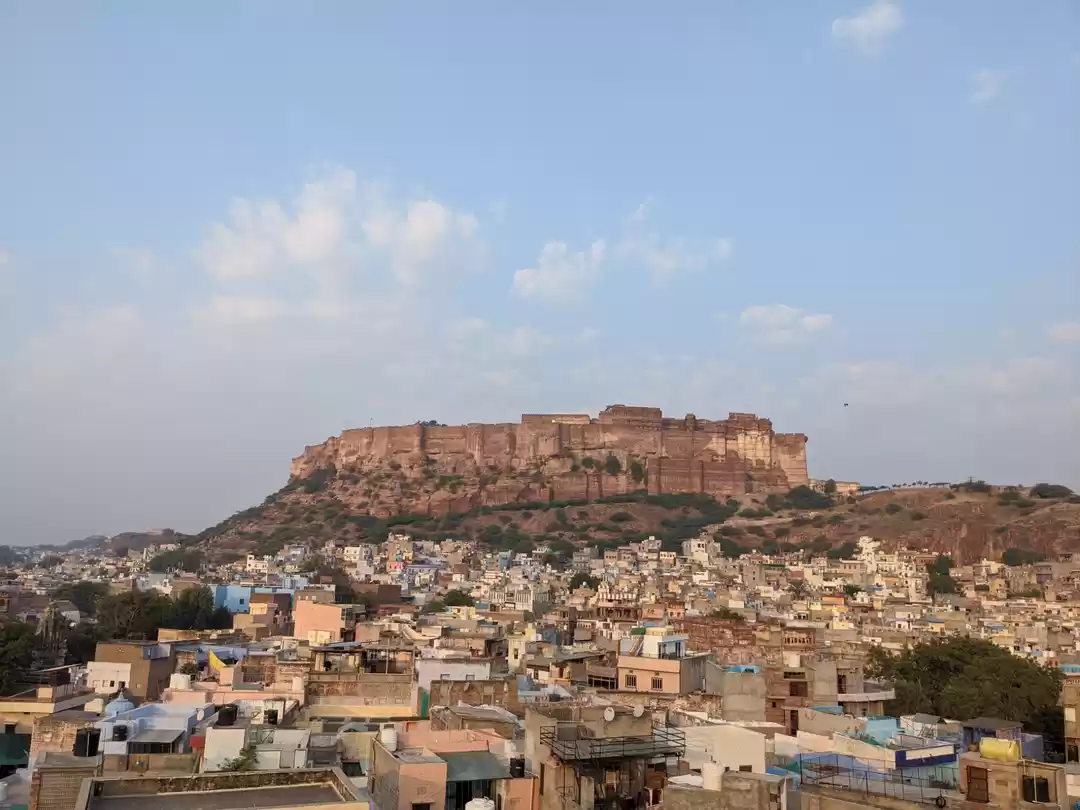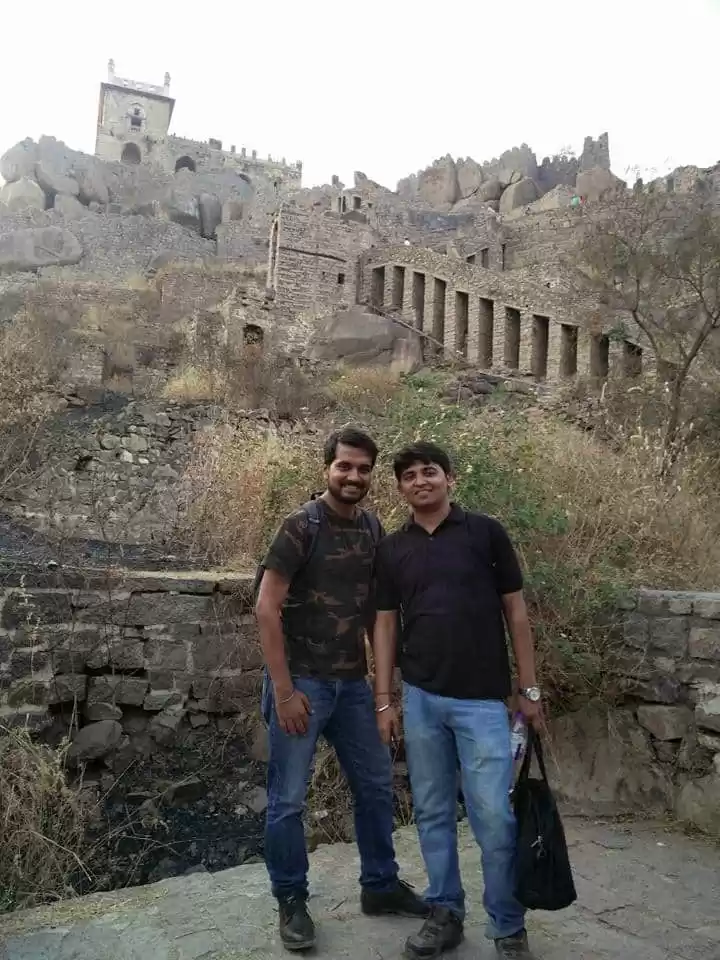If you are looking for a place to witness the glorious past and the rich culture of India, then you should not miss the Allahabad Fort, one of the largest and oldest forts in the country. Located on the banks of the Yamuna river, near the confluence of the Ganga and the Saraswati, the Allahabad Fort is a majestic monument that showcases the Mughal and British legacy in India.
The fort was built by Emperor Akbar in 1583 and has witnessed many historical events and changes over the centuries. Today, the fort is a popular tourist attraction that offers a glimpse into the history, architecture, and attractions of this remarkable fort. Here is everything you need to know about the Allahabad Fort, how to visit it, and what to expect from your trip.
History of Allahabad Fort
The name Allahabad means “the city of Allah” and was given by Akbar, who was a devout follower of Islam. He built the fort as a strategic and administrative center of his empire, and also as a symbol of his religious tolerance and respect for other faiths. The fort was designed by his chief architect, Abdul Fazl, and was completed in 1583. The fort was one of the largest and strongest forts in India at that time, and had four gates, three of which faced the rivers. The fort also had a large palace complex, a mosque, a temple, and a garden within its premises.
The Allahabad Fort has seen many changes and events over the years, as it passed from one ruler to another. Some of the notable rulers and regimes that controlled the fort were:
Jahangir, the son of Akbar, who added a zenana palace and a tomb for his wife, Jodhabai, in the fort.
Aurangzeb, the grandson of Akbar, who demolished the temple and the palace, and built a new mosque and a Rang Mahal in the fort.
The Marathas, who captured the fort in 1750 and restored the temple and the palace, and also added a Moti Mahal and a Diwan-i-Khas in the fort.
The East India Company, who defeated the Marathas in the Battle of Buxar in 1764 and took over the fort. They also signed the Treaty of Allahabad with the Mughal emperor Shah Alam II, who granted them the rights to collect revenue from Bengal, Bihar, and Odisha.
The British Raj, who used the fort as a military base and a prison during the Indian Rebellion of 1857. They also added a new gate and a bridge to the fort, and made some alterations to the existing structures.
The Indian Army, who took over the fort after the independence of India in 1947. The fort is still under the control of the army, and only a part of it is open to the public.
Architecture of Allahabad Fort
The Allahabad Fort is a splendid example of the Mughal and British architecture, and reflects the influence of different cultures and religions on its design and style. The fort covers an area of about 56 acres, and has a circumference of about 2.5 km. The fort has a rectangular shape, with four corners and four gates. The gates are named as:
The Delhi Gate, which faces the east and is the main entrance to the fort. It has a double archway and a domed chamber above it. It also has a plaque that commemorates the transfer of power from the British to the Indian Army in 1947.
The Chalees Satoon Ki Masjid, which faces the west and is the oldest gate of the fort. It has a mosque with 40 pillars, and a courtyard with a fountain. It also has a stone inscription that dates back to the reign of Akbar.
The Khizri Gate, which faces the south and is the smallest gate of the fort. It has a simple archway and a staircase that leads to the river. It was used by the royal family and the nobles to access the boats and the barges.
The Darwaza-i-Shahi, which faces the north and is the newest gate of the fort. It was built by the British in 1856, and has a Gothic style and a drawbridge. It was used by the British officers and the soldiers to enter and exit the fort.
The fort also has several attractions and monuments within its walls, some of which are:
The Ashoka Pillar, which is a 10.6 meter high sandstone pillar that dates back to the 3rd century BC. It was erected by Emperor Ashoka, and has inscriptions in Brahmi script that describe his edicts and policies. It also has a Persian inscription that was added by Jahangir, who claimed to have moved the pillar from Kaushambi to Allahabad.
The Saraswati Koop, which is a well that is believed to be the source of the mythical Saraswati river. It is located near the Ashoka Pillar, and is considered sacred by the Hindus. It is also said to have healing properties, and attracts many pilgrims and visitors.
The Patalpuri Temple, which is an underground temple that is dedicated to Lord Vishnu. It is located near the Saraswati Koop, and is accessed by a narrow staircase. It has a sanctum sanctorum that houses an idol of Lord Vishnu, and a hall that has several other idols and images of Hindu gods and goddesses. It is also said to be the resting place of the sage Bharadwaj, who is mentioned in the Ramayana and the Mahabharata.
The Jodhabai Palace, which is a palace that was built by Akbar for his wife, Jodhabai, who was a Rajput princess. It is located near the Delhi Gate, and is a fine example of the Indo-Islamic architecture. It has a rectangular plan, with a central courtyard and four towers. It also has a hall, a chamber, a kitchen, and a bathroom. It is decorated with floral motifs, geometric patterns, and glazed tiles.
The Zenana Palace, which is a palace that was built by Jahangir for his wife, Nur Jahan, who was a Persian princess. It is located near the Chalees Satoon Ki Masjid, and is a beautiful example of the Persian architecture. It has a square plan, with a central dome and four minarets. It also has a hall, a chamber, a balcony, and a garden. It is adorned with paintings, carvings, and inlays.
The Rang Mahal, which is a palace that was built by Aurangzeb for his wife, Dilras Banu Begum, who was a princess of Safavid Iran. It is located near the Khizri Gate, and is a stunning example of the Iranian architecture. It has a hexagonal plan, with a central dome and six arches. It also has a hall, a chamber, a terrace, and a fountain. It is embellished with murals, mosaics, and mirrors.
The Moti Mahal, which is a palace that was built by the Marathas for their queen, Ahilyabai Holkar, who was a brave and benevolent ruler. It is located near the Darwaza-i-Shahi, and is a simple example of the Maratha architecture. It has a rectangular plan, with a flat roof and a veranda. It also has a hall, a chamber, a store, and a kitchen. It is furnished with wooden furniture, carpets, and curtains.
The Diwan-i-Khas, which is a hall that was used by the Mughal emperors to hold private meetings and audiences with the nobles and the dignitaries. It is located near the Jodhabai Palace, and is a grand example of the Mughal architecture. It has a rectangular plan, with a vaulted ceiling and a balcony. It also has a throne, a canopy, a screen, and a carpet. It is ornamented with calligraphy, paintings, and jewels.
The Diwan-i-Aam, which is a hall that was used by the Mughal emperors to hold public meetings and audiences with the common people and the petitioners. It is located near the Zenana Palace, and is a spacious example of the Mughal architecture. It has a rectangular plan, with a flat roof and a colonnade. It also has a platform, a podium, a railing, and a curtain. It is decorated with banners, flags, and lamps.
The Akshayavat, which is a sacred banyan tree that is believed to be immortal and indestructible. It is located near the Patalpuri Temple, and is revered by the Hindus. It is also said to grant the wishes of those who pray under it, and to liberate the souls of those who die under it. It is surrounded by a wall, and is guarded by the army.
The Jami Masjid, which is a mosque that was built by Aurangzeb for his personal use and prayers. It is located near the Rang Mahal, and is a modest example of the Islamic architecture. It has a rectangular plan, with a flat roof and a mihrab. It also has a prayer hall, a courtyard, a minaret, and a pond.
The Khusro Bagh, which is a garden that was built by Jahangir for his son, Khusro, who was a rebel and a prisoner. It is located outside the fort, and is a serene example of the Mughal garden. It has a rectangular plan, with four gates and four tombs. It also has a pavilion, a pond, a fountain, and a walkway. It is landscaped with flowers, trees, and lawns.

Timings and Entry Fee of Allahabad Fort
The Allahabad Fort is open to the public from 7 am to 6 pm, every day except Monday. The entry fee is Rs. 50 for Indian nationals and Rs. 200 for foreign nationals. There is no charge for children below 15 years of age. There is also a camera fee of Rs. 25 for still photography and Rs. 200 for video recording. The visitors are required to show a valid identity proof and obtain a permit from the army before entering the fort. The visitors are also advised to follow the rules and regulations of the fort, such as not littering, not smoking, not carrying weapons, and not damaging the property.
The best time to visit the Allahabad Fort is from October to March, when the weather is pleasant and the rivers are calm. The visitors can spend about 2 to 3 hours to explore the fort and its attractions. The visitors can also witness the spectacular view of the Triveni Sangam, the confluence of the Ganga, the Yamuna, and the Saraswati, from the fort.
How to Visit Allahabad Fort
The Allahabad Fort is easily accessible from different modes of transport, such as by air, by train, by bus, by car, or by boat. Here are some tips and suggestions on how to reach and enjoy the visit to the Allahabad Fort:
By Air:
The nearest airport to the Allahabad Fort is the Prayagraj Airport, which is about 12 km away. The visitors can take a taxi, a bus, or an auto-rickshaw from the airport to the fort. The airport is well-connected to major cities in India, such as Delhi, Mumbai, Kolkata, and Bangalore.
By Train:
The nearest railway station to the Allahabad Fort is the Prayagraj Junction, which is about 6 km away. The visitors can take a taxi, a bus, or an auto-rickshaw from the station to the fort. The station is well-connected to major cities in India, such as Delhi, Mumbai, Kolkata, and Bangalore, as well as to other tourist destinations, such as Varanasi, Agra, and Lucknow.
By Bus:
The nearest bus stand to the Allahabad Fort is the Civil Lines Bus Stand, which is about 4 km away. The visitors can take a taxi, a bus, or an auto-rickshaw from the bus stand to the fort. The bus stand is well-connected to major cities in Uttar Pradesh, such as Lucknow, Kanpur, Agra, and Varanasi, as well as to other states, such as Bihar, Madhya Pradesh, and Rajasthan.
By Car:
The visitors can also drive their own car or hire a cab from any nearby city to the Allahabad Fort. The fort is located on the NH 19, which connects Delhi to Kolkata, and is about 650 km from Delhi, 800 km from Kolkata, 200 km from Varanasi, and 500 km from Agra. The visitors can park their car at the designated parking area near the fort, and pay a nominal parking fee.
By Boat:
The visitors can also take a boat ride from the Triveni Sangam to the Allahabad Fort, and enjoy the scenic view of the rivers and the fort. The boat ride is available from 8 am to 5 pm, and costs Rs. 100 per person. The visitors can also take a dip in the holy waters of the Triveni Sangam, and participate in the rituals and ceremonies that take place there.
The visitors can also plan and enjoy their visit to the Allahabad Fort by following these tips:
Wear comfortable clothes and shoes, and carry a hat, sunglasses, and sunscreen to protect yourself from the sun and the heat.
Carry a water bottle, snacks, and some cash to keep yourself hydrated and energized, and to buy souvenirs and refreshments.
Carry a camera, a binoculars, and a guidebook to capture the beauty and the details of the fort and its attractions, and to learn more about its history and culture.
Hire a guide or join a group tour to get a better understanding and appreciation of the fort and its attractions, and to hear some interesting stories and anecdotes about them.
Explore the fort and its attractions at your own pace, and do not rush or skip any of them. Each of them has something unique and fascinating to offer.
Respect the sanctity and the heritage of the fort and its attractions, and do not touch, climb, or deface any of them. Also, respect the privacy and the security of the army personnel and the locals, and do not disturb or offend them.
The Allahabad Fort is a must-visit destination for anyone who loves history, architecture, and culture. The fort is a treasure trove of the Mughal and British legacy in India, and offers a glimpse into the glorious past and the rich culture of the country. The fort is also a place of spiritual and religious significance, as it is located near the Triveni Sangam, the meeting point of three sacred rivers. The fort is a place where you can experience the beauty, the diversity, and the mystery of India, and create some unforgettable memories.
We hope you enjoyed reading this article, and learned something new and interesting about the Allahabad Fort. If you have any feedback, comments, questions, or suggestions, please feel free to share them with us.
We would love to hear from you. And if you are planning to visit the Allahabad Fort, or have already visited it, please share your experience and tips with us.
We would love to hear from you too. And if you want to read more articles on similar topics, please visit our website, where you can find a lot of information and inspiration for your next trip. Thank you for reading, and happy travelling!










